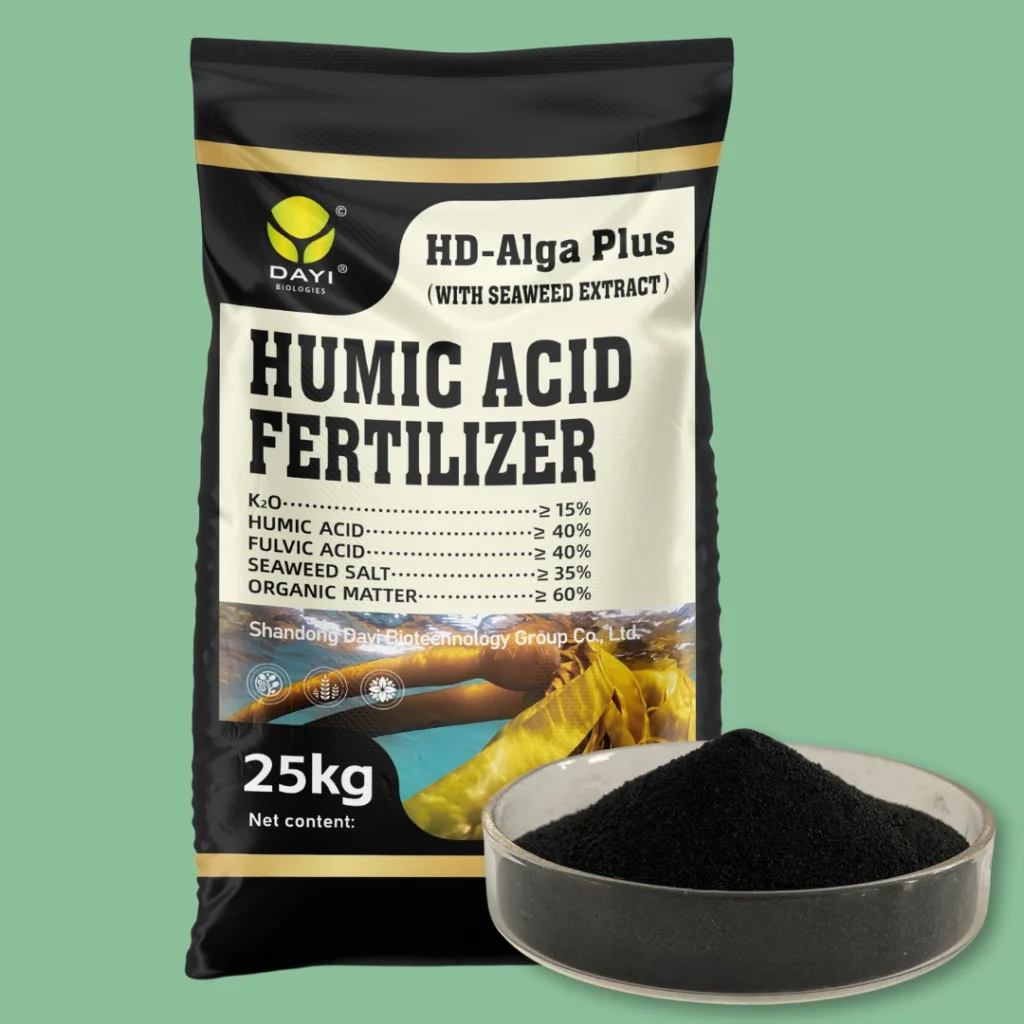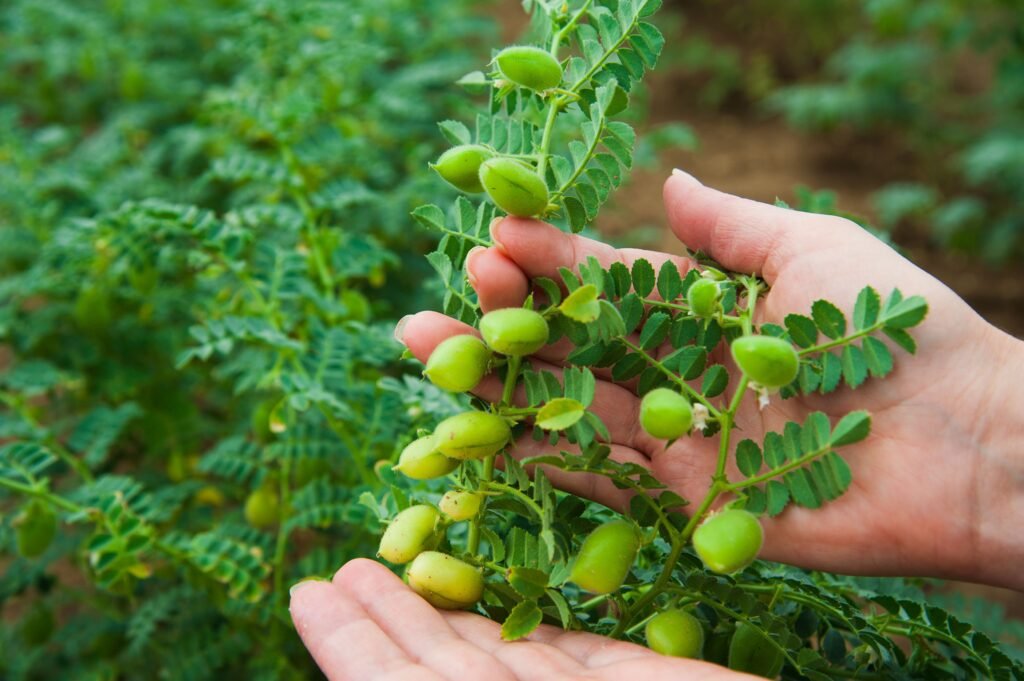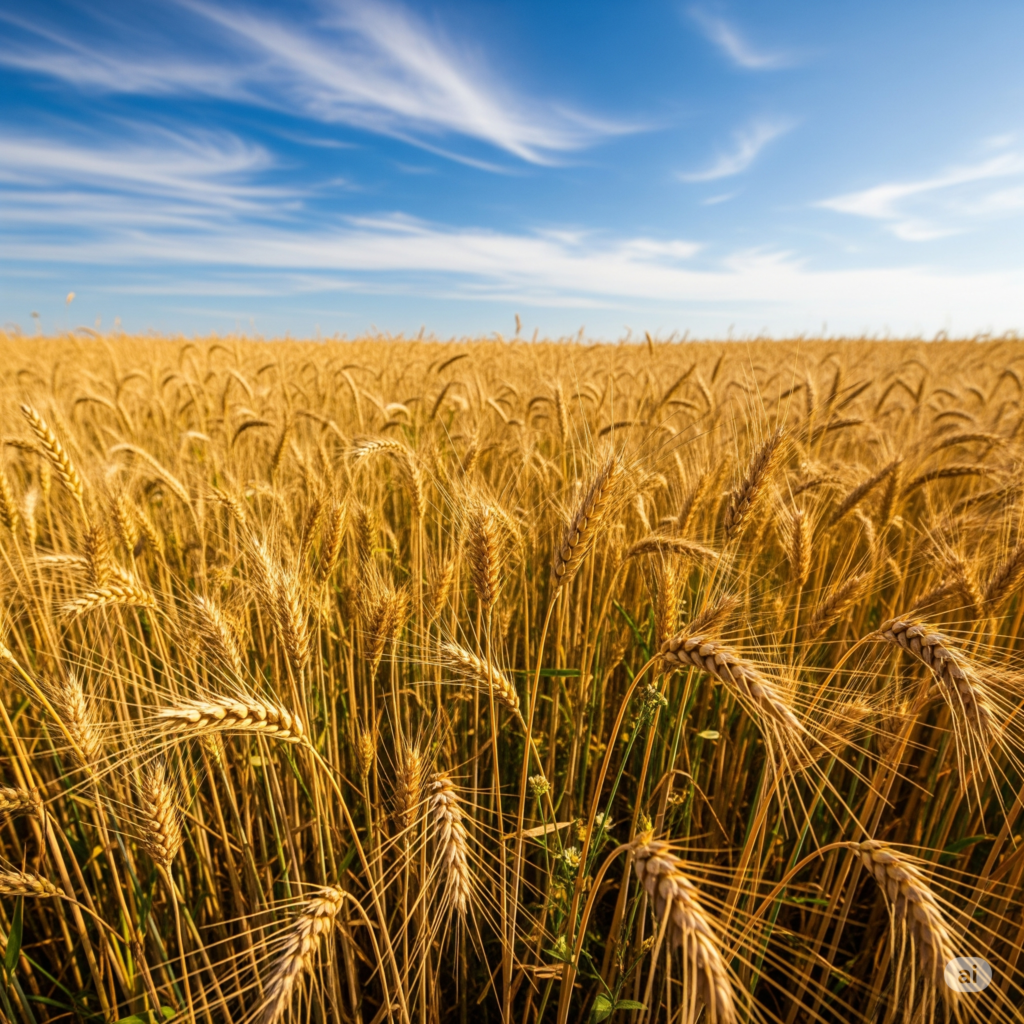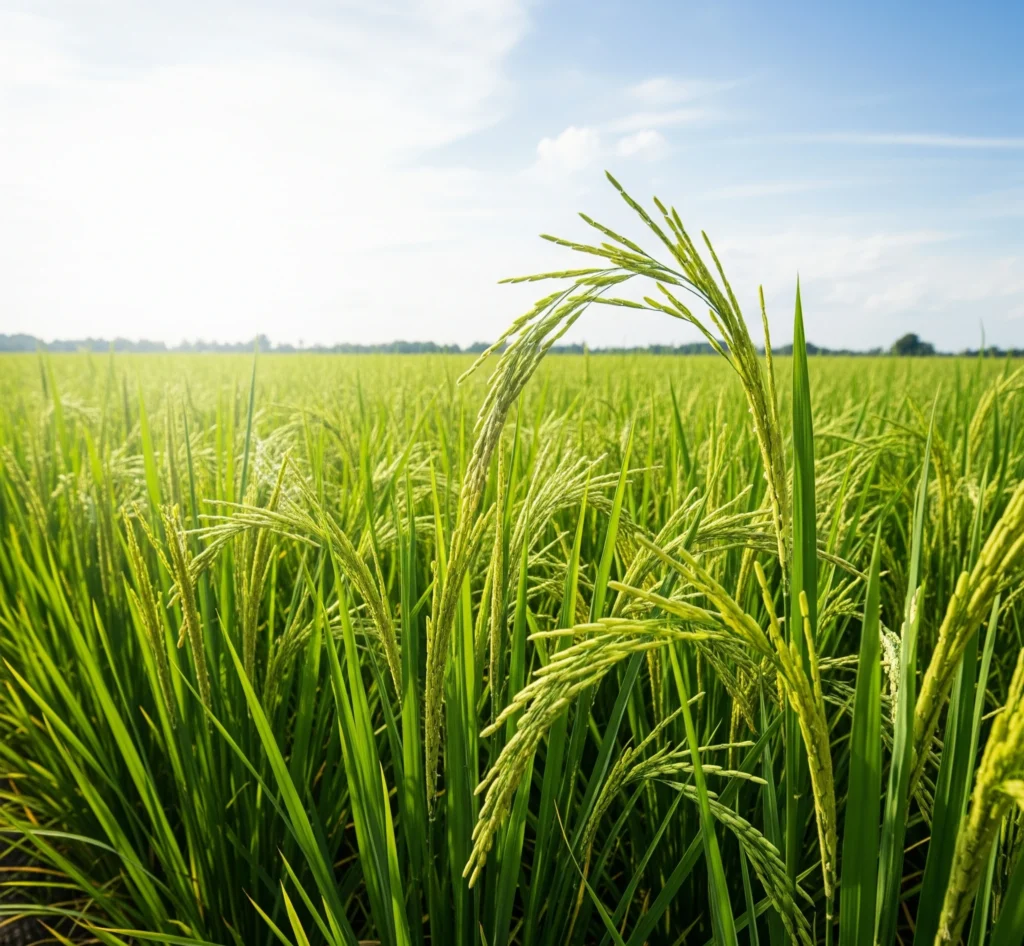Chickpeas, also universally known as garbanzo beans, are a foundational pulse crop, revered for their nutty flavor, versatility in cuisine, and exceptional nutritional value. From creamy hummus to hearty stews and roasted snacks, chickpeas (Cicer arietinum) are a vital source of plant-based protein, dietary fiber, and essential minerals across countless cultures. As a nitrogen-fixing legume, they also play a crucial role in enhancing soil fertility within sustainable farming systems. This comprehensive guide will explore the essentials of cultivating healthy chickpeas, detailing optimal growing conditions, effective protection strategies, and general care, while highlighting how advanced plant nutrition can significantly boost their health and yield potential.
Understanding Chickpeas: A Nutrient-Rich Pulse
Chickpeas are broadly divided into two main types:
- Desi Chickpeas: Smaller, darker, often irregular in shape, with a thicker, rougher seed coat. Predominantly grown in India and parts of Africa.
- Kabuli Chickpeas: Larger, lighter, and more round with a thinner, smoother seed coat. Widely grown in the Mediterranean, Middle East, and North America, and commonly used for hummus. Like other legumes, chickpeas form symbiotic relationships with soil bacteria, enabling them to convert atmospheric nitrogen into a usable form, thus enriching the soil and reducing the need for synthetic nitrogen fertilizers.
Cultivation Essentials: Laying the Foundation for Success
- Best Planting Time: Chickpeas are a cool-season legume, but they are sensitive to severe frost, especially during emergence. They are best planted in early spring as soon as the soil can be worked and the danger of a hard frost has passed. This allows them to establish roots in cool, moist soil before summer heat. In regions with mild winters, chickpeas can also be planted in late fall to grow as a winter crop, benefiting from extended cool temperatures. Soil temperatures should be consistently above 10∘C (50∘F) for good germination.
- Suitable Soil and Weather Conditions:
- Soil: Chickpeas prefer well-drained, deep, fertile loamy soils. They are particularly sensitive to heavy, poorly drained, or waterlogged soils, which can lead to root rot. They are tolerant of slightly alkaline soils, with an optimal pH range of 6.0 to 8.0. Good soil aeration and drainage are crucial for healthy root development and nitrogen fixation.
- Weather:
- Chickpeas are a cool-season legume, but they require sufficient warmth for healthy growth, particularly during flowering and pod development.
- Optimal growing temperatures are generally between 18∘C to 29∘C (65-85°F).
- They are tolerant of semi-arid conditions and are more drought-resistant than many other pulses once established, thanks to their deep taproot.
- They require a frost-free period of approximately 90 to 110 days for maturity. Prolonged cold, wet conditions can negatively impact plant health.
- General Precautions for Healthy Growth:
- Soil Moisture: Avoid planting in excessively wet soils. Good drainage is key.
- Crop Rotation: Essential for managing soil-borne diseases and improving soil health.
- Seed Quality: Use high-quality, certified, disease-free seed adapted to your region.
- Early Weed Control: Chickpea seedlings are poor competitors against weeds.
Protecting Your Chickpeas: Threats and Strategies
Chickpea crops can face challenges from various pests and diseases that can impact yield and quality. An integrated pest and disease management approach is crucial.
- Pests:
- Chickpea Pod Borer: Larvae feed on flowers and developing pods, causing direct yield loss.
- Aphids: Sap-sucking insects that can stunt growth and transmit viral diseases.
- Cutworms: Attack young seedlings at the soil line.
- Leaf Miners: Larvae tunnel within leaves.
- Protection: Use resistant varieties, practice crop rotation, promote natural enemies, implement timely planting, and apply targeted insecticides only when scouting indicates economic thresholds have been met.
- Diseases (Primarily Fungal):
- Ascochyta Blight: (Most significant) Causes dark lesions on leaves, stems, and pods, particularly in cool, wet conditions.
- Fusarium Wilt: A soil-borne fungal disease causing wilting and plant death.
- Botrytis Gray Mold: Can cause rotting of stems and pods, especially in dense canopies.
- Rust: Appears as pustules on leaves.
- Protection: Plant disease-resistant varieties, use fungicidal seed treatments, practice good crop rotation, ensure proper plant spacing for air circulation, avoid working in fields when foliage is wet, and apply fungicides when warranted by disease pressure.
- Viral Diseases:
- Chickpea Stunt Disease (CSD): Transmitted by aphids, causing yellowing, reddening, and stunting.
- Protection: Use resistant varieties and control aphid populations.
General Care for Thriving Chickpeas
- Nutrient Management: As nitrogen-fixing legumes, chickpeas require minimal supplemental nitrogen. Focus fertilizer applications on Phosphorus (P) for root and flower development, Potassium (K) for overall plant health, and essential micronutrients like Zinc, Iron, and Manganese. Conduct soil tests to determine exact nutrient needs.
- Water Management: While relatively drought-tolerant once established due to their deep taproot, chickpeas respond very well to consistent moisture during critical growth stages, especially during flowering and pod fill. Avoid over-watering, which can encourage root diseases.
- Weed Control: Effective weed management during the early growth stages is vital as chickpea seedlings are poor competitors against weeds. Employ an integrated strategy that includes cultural practices (e e.g., proper seedbed preparation, cultivation) and judicious use of selective herbicides.
- Monitoring: Consistent field scouting throughout the growing season is crucial for early detection of nutrient deficiencies, pest infestations, or disease symptoms. Prompt identification allows for timely and effective interventions.
- Harvesting: Harvest chickpeas when the plants have largely senesced, the pods are dry, brittle, and the seeds rattle inside. Timely harvest minimizes losses from shattering and ensures optimal grain quality for storage.
Best Countries for Chickpea Cultivation: Chickpeas are globally important, especially in semi-arid regions. Leading producers include:
- India
- Australia
- Pakistan
- Turkey
- Myanmar
- Ethiopia
- United States
- Mexico
- Iran
- Canada
Dayi’s Solution: Optimizing Chickpea Nutrition with Humic Acid + Seaweed Extract
At Shandong Dayi Biotechnology Group Co., Ltd., we are dedicated to helping farmers achieve peak productivity and health from their chickpea crops. Our Humic Acid Fertilizer (With Seaweed Extract) provides a powerful nutritional advantage that directly supports robust chickpea growth. The humic acid component significantly improves soil structure, enhancing aeration and drainage—a critical benefit for chickpeas which are sensitive to waterlogging and root issues. It also boosts soil water retention, ensuring consistent moisture availability during crucial dry periods. Importantly, humic acid stimulates beneficial soil microbial activity, which is vital for the effective nitrogen fixation by symbiotic bacteria in chickpea root nodules, leading to more efficient natural nitrogen supply. It also promotes vigorous root development, improving overall nutrient uptake, especially of phosphorus, which is often tied up in soil. Complementing this, the seaweed extract delivers a rich blend of natural plant growth hormones (auxins, cytokinins), vital trace elements, and amino acids. These bioactive compounds stimulate vigorous vegetative growth, improve flowering, enhance pod set, and bolster the chickpea plant’s inherent resilience against environmental stresses such as drought, heat, salinity, and even some disease pressures. The synergistic action of these ingredients ensures that chickpea plants develop extensive, highly efficient root systems, optimize nitrogen fixation and nutrient use efficiency, and exhibit enhanced resilience, ultimately leading to significantly higher yields of quality chickpeas.
Leveraging our advanced “Microbial+” technology and unwavering commitment to sustainable solutions, Shandong Dayi Biotechnology Group Co., Ltd. is at the forefront of innovation in plant protection, empowering farmers to achieve more bountiful and healthy harvests.




